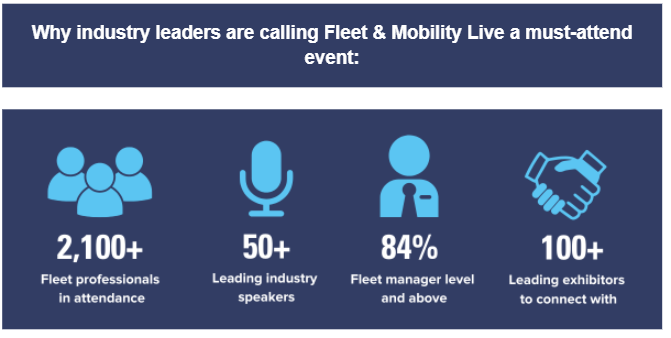By Lee O'Connell, sales director at Sogo mobility
The Japanese word kanban, meaning 'signboard' or 'visual card', represents a renowned concept in lean manufacturing and one that could help fleet managers navigate the current wave of industry changes.
Developed by Toyota's Taiichi Ohno, the Kanban system revolutionised production by ensuring materials were ordered and produced only when needed. This approach eliminates waste from overproduction and sharpens operational efficiency by identifying bottlenecks and optimising lead times.
For fleet managers facing the challenges of the Zero Emission Vehicle (ZEV) mandate, the switch to electric vehicles, and accelerating technological advancements, adopting a just-in-time (JIT) strategy akin to Kanban could be the key to staying agile, responsive, and future-ready.
Sogo's mission is to help fleets operate responsibly and efficiently, with the flexibility they need to manage change effectively and efficiently.
The ability to call on vehicles as and when required on flexible monthly contracts allows the scale and make-up of the fleet to meet changing requirements from factors like headcount, the economy and Government legislation.
A JIT approach can help organisations reduce inventory, and there tie up less capital. It also means lower running costs and dramatically reduces the risk of obsolescence.
A flexible strategy, which minimises waste and maximises flexibility, is ideally suited to helping fleets transition smoothly amidst regulatory pressures and technological advancements.
The ZEV mandate requires 22% of new car sales and 10% of new van sales to be electric by the end of the year, with targets escalating to 100% by 2035.
The legislation pushes manufacturers to prioritise EV production, creating a market environment that demands rapid adaptation from fleet managers. A flexible strategy is essential to meeting operational needs in this environment.
By leveraging JIT principles, fleet operators can remain agile, responding quickly to fluctuations in vehicle availability, pricing, and technology developments.
For instance, manufacturers aiming to meet ZEV targets might offer significant discounts or incentives, as they try to clear EV inventory or avoid fines.
Fleet managers who are prepared to act quickly and adjust procurement strategies on short notice can take full advantage of these opportunities.
Additionally, the JIT approach can mitigate risks associated with EV adoption. A significant concern for fleets transitioning to electric is operational uncertainty—whether current EV models meet the demands of the business in terms of range, charging infrastructure, and total cost of ownership (TCO).
By aligning vehicle acquisitions with actual demand and operational needs, fleet managers can reduce the likelihood of investing in vehicles that don't fully meet requirements.
The pace of technological advancement in the fleet industry, from telematics to vehicle electrification, supports a JIT approach.
Instead of committing to long-term contracts with technology that might soon become obsolete, fleet managers can stay flexible, adopting new tools and systems as they emerge.
Telematics, for example, plays a crucial role in optimising the deployment of EVs, helping fleets monitor performance, optimise routes, and manage charging infrastructure effectively.
A JIT strategy would allow fleets to adopt and integrate these technologies incrementally, reducing the risks associated with committing to a particular solution too early.
The residual value of EVs is still volatile, with many used electric vehicles depreciating faster than their internal combustion engine (ICE) counterparts.
A flexible fleet strategy means that operators can defer fleet turnover until the market stabilises or until they can capitalise on better resale values or leasing terms.
Sogo works with customers to deliver data-driven decision-making processes. By continuously assessing fleet performance, costs, and operational needs, managers can make informed decisions on when and how to introduce new EVs into their fleet.
This kind of agility is essential when dealing with the rapid introduction of new EV models and evolving government incentives, such as grants for electric vans or charging infrastructure.
Whether it's meeting operational requirements while navigating ZEV mandate targets, incorporating the latest technology, or managing the transition to electric vehicles, a JIT strategy allows fleet managers to remain agile and responsive, positioning their fleets for long-term success.
It's a responsible approach to efficiency and the environment.























Login to comment
Comments
No comments have been made yet.